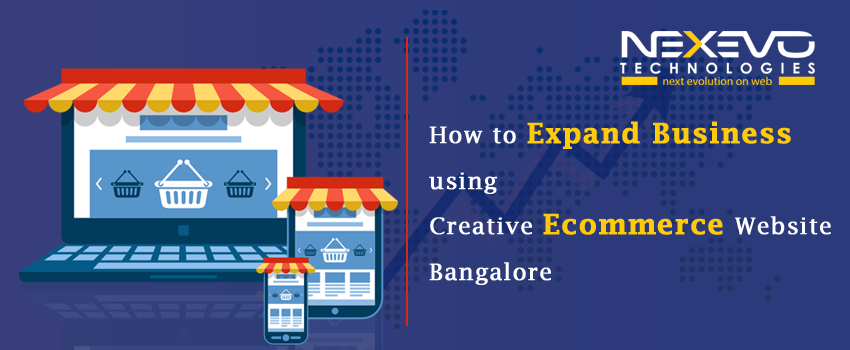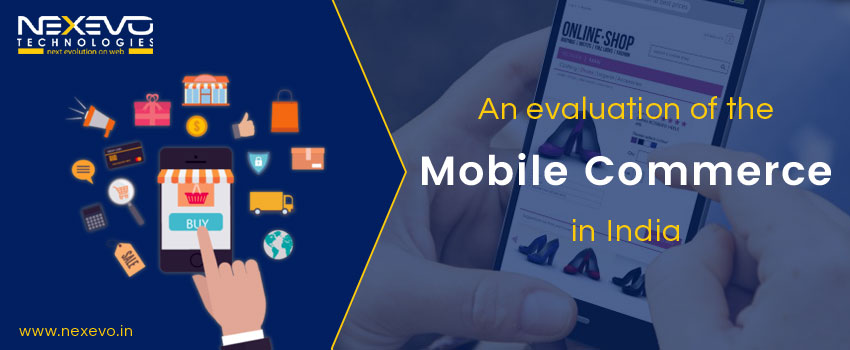How to Built an Ecommerce Website for a Startup(2024)
In the digital age, having an online presence is crucial for any business, especially for startups. With the ever-growing popularity of online shopping, creating an e-commerce website can be a game-changer for your startup. In this comprehensive guide, we will walk you through the steps to create an e-commerce website for your startup. Whether you're new to the world of e-commerce or have some experience, we will cover everything you need to know, from planning and design to launching and marketing your e-commerce site.

Why E-commerce Is Essential for Startups
Before diving into the process of creating an e-commerce website, let's understand why it's essential for startups.
- Wider Reach: An e-commerce website allows you to reach a global audience, breaking down geographical barriers and expanding your customer base.
- Lower Overheads: Running a physical store comes with high operational costs, such as rent, utilities, and staff salaries. E-commerce significantly reduces these overheads.
- Convenience: Online shopping is convenient for customers. They can browse and make purchases 24/7, which can lead to increased sales for your startup.
- Data-Driven Insights: E-commerce platforms provide valuable data and analytics, allowing you to understand customer behavior and tailor your marketing efforts accordingly.
- Competitive Advantage: Many successful startups have built their foundations on e-commerce. It's a competitive necessity in today's market.
Now that you understand the importance of e-commerce, let's move on to the steps to create your e-commerce website.
13 Steps to Create an Ecommerce Website for Your Startup
1. Define Your Niche and Target Audience
Before diving into website design and development, you need a clear understanding of your niche and target audience. Ask yourself:
- What products or services will you sell?
- Who are your ideal customers?
- What problems does your product solve for them?
Having a well-defined niche and target audience will help you tailor your website to meet their specific needs.
2. Choose a Domain Name and Hosting
Selecting the right domain name is crucial for your e-commerce website. It should be memorable, relevant to your business, and easy to spell. Once you've decided on a domain name, choose a reliable hosting provider. Consider factors like speed, uptime, and customer support.
3. Select the E-commerce Platform
Choosing the right e-commerce platform is a critical decision. Some popular options include:
- Shopify: Known for its ease of use and variety of templates.
- WooCommerce: A plugin for WordPress that offers flexibility and customization.
- BigCommerce: Ideal for scaling your business.
- Magento: Magento stands out as the top choice for building online stores. With its robust features and customizable options, Magento offers businesses the tools they need to thrive in the digital marketplace. This is the reason why Magento is the ideal choice for crafting successful e-commerce websites.
Evaluate these options based on your budget, technical expertise, and the features you require.
4. Design Your Ecommerce Website
E-commerce website design is a crucial aspect of attracting and retaining customers. Here are some design tips:
- Responsive Design: Ensure your website is mobile responsive and friendly, as many customers shop on smartphones.
- User-Friendly Navigation: Make it easy for customers to find products and complete purchases.
- High-Quality Imagery: Use high-resolution images that showcase your products effectively.
- Clear Call to Action (CTA): Use compelling CTA buttons to encourage visitors to take action.
- Simplify Checkout: A complicated checkout process can lead to cart abandonment. Keep it simple and secure.
If you're not confident in your design skills, consider hiring a professional web designer.
5. Add Product Listings
Now it's time to populate your website with product listings. Pay attention to:
- Product Descriptions: Write detailed and enticing descriptions that highlight the benefits of your products.
- Pricing: Clearly display prices, discounts, and any shipping costs.
- Images: Use multiple high-quality images of each product from different angles.
6. Set Up Payment and Shipping Options
Choose reliable payment gateways and configure your shipping options. Provide various payment methods to cater to different customer preferences. Be transparent about shipping costs and delivery times.
7. Implement Security Measures
Security is paramount in e-commerce. Ensure your website has an SSL certificate to secure customer data. Regularly update your platform and plugins to protect against security vulnerabilities.
8. Test Your Website
Before launching, thoroughly test your e-commerce website. Check for any bugs, broken links, or issues with the checkout process. It's also essential to test your website's responsiveness on various devices.
9. Launch Your Ecommerce Website
Once you're satisfied with the testing phase, it's time to launch your website. Announce your launch on social media and to your email list to generate initial traffic.
10. Market Your Ecommerce Website
Creating an e-commerce site is just the beginning. You need to market it effectively to drive traffic and sales. Here are some strategies:
- Search Engine Optimization (SEO): Optimize your website for search engines to improve organic visibility.
- Social Media Marketing: Utilize platforms like Facebook, Instagram, and Pinterest to reach your target audience.
- Email Marketing: Build an email list and send out newsletters and promotional emails.
- Paid Advertising: Consider running pay-per-click (PPC) ads on platforms like Google Ads and Facebook Ads.
11. Analyze and Optimize
Regularly analyze your website's performance using analytics tools like Google Analytics. Pay attention to metrics like conversion rate, bounce rate, and average order value. Use this data to make informed decisions and continuously optimize your website for better results.
12. Provide Excellent Customer Service
Exceptional customer service can set your startup apart. Be responsive to customer inquiries and feedback. Resolve issues promptly to build trust and loyalty.
13. Scale Your Business
As your startup grows, consider expanding your product offerings, improving your website's functionality, and exploring new marketing channels to reach a broader audience.
Conclusion:
Establishing an e-commerce website for your startup is pivotal in the digital era. With dedication and these steps, you can forge a prosperous business. Stay adaptable in the dynamic e-commerce realm to secure enduring success. Partnering with a reputable ecommerce website development company can propel your startup to the forefront of your niche.
Frequently Asked Question
1. How can I effectively market my e-commerce website?
Marketing your e-commerce website is essential for driving traffic and sales. Utilize strategies such as search engine optimization (SEO), social media marketing, email marketing, paid advertising, and content marketing to reach your target audience and promote your products or services
2. How do I choose the right e-commerce platform for my startup?
There are several e-commerce platforms available, each with its own set of features and capabilities. Consider factors such as budget, technical expertise, required features, and scalability when choosing between platforms like Shopify, WooCommerce, BigCommerce, and Magento.
3. How do I ensure a seamless checkout process on my e-commerce website?
To ensure a seamless checkout process in e-commerce, streamline the steps required for customers to complete their purchases. Minimize form fields, offer guest checkout options, provide clear instructions, and secure payment processing to reduce cart abandonment and improve conversion rates.
Related to this
Let's Discuss Your Project











